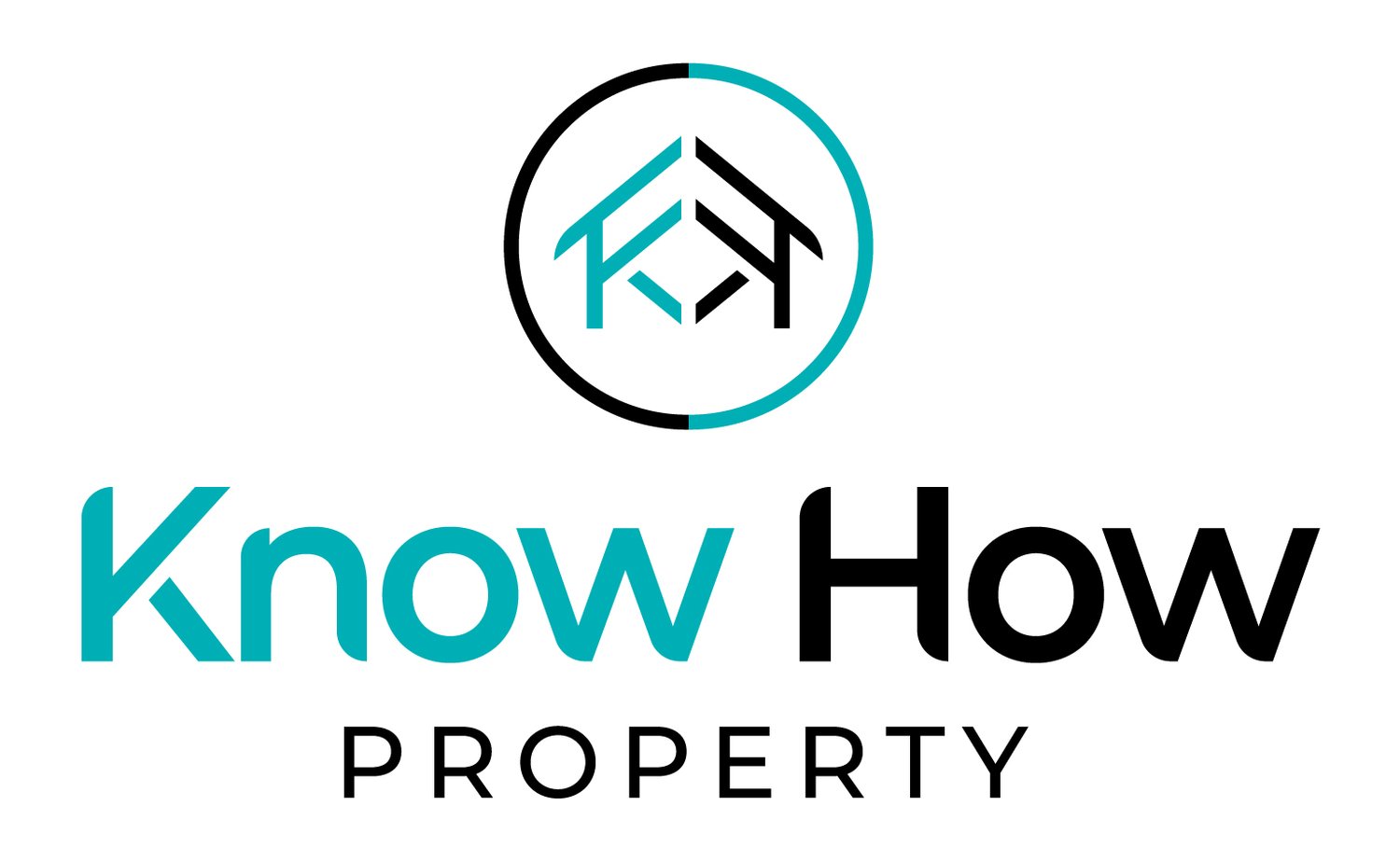Leverage – Banks and Non-banks
Leverage
Are you in a position where you have, say, a home worth $650,000 with a mortgage of say, $300,000 (which means you have equity of $350,000) and you really want to get a larger home but you are also keen to build a rental property portfolio?
In this situation, your LVR position would be 46%.
However, if you want to purchase a new family home and keep the old one as a rental, using a “main bank lender”, the maximum LVR allowed would be 65% on a rental and 80% on your new owner-occupied home.
So, with a main bank, this would limit your possible lending to $422,500 on the Rental Property (old home) which would leave you a deposit of $122,500 ($422,500 Loan – an existing mortgage of $300,000) for a new owner-occupied home which would mean you could purchase a new home to the value of $612,500 whilst still keeping the old home as a rental.
Given you have already outgrown the house currently valued at $650,000, it is unlikely you are going to be happy with the options available for $612,500 – i.e. unless you move suburbs, you are going to be in a worse house.
So, here come the benefits of a non-bank lender.
In this scenario, it is possible to borrow up to 80% (or more) on both the rental property AND the Owner-occupied (new) property. Therefore, you would be able to purchase a new property to the value of $1.1M because you would only need to leave in a deposit of $130,000 on the rental property (old home) which would leave you $220,000 for a deposit on a new owner-occupied home ($350,000 of equity – $130,000 (20%) on existing property = $220,000 Deposit available). Therefore, given you can borrow up to 80% on both, the possible purchase price for the new home would be up to $1,100,000.
No need to spend $1.1M of course but at least the option of purchasing something larger than your current home now exists.
Interest rates with non-banks tend to be higher than main banks – and this all needs to be factored in. However, it may be decided that the extra cost of servicing the higher interest rates is worth it – given they are often less than 1% higher than those available from main bank lenders.
Now, just to be clear. There is no consideration for servicing here (your ability to pay the lending allowed) and it is necessary to ensure you can make the repayments easily. But assuming you have good incomes and you meet servicing criteria and you wish to start an investment portfolio and leverage your equity but still have the larger family home, there are options with both bank and non-bank lenders to achieve these goals.
Talk to me – I can help you determine whether leveraging is possible for you.
Paul
#pauldowknowhow
#leverageisagreatstrategyifyoucanmaketherepayments



